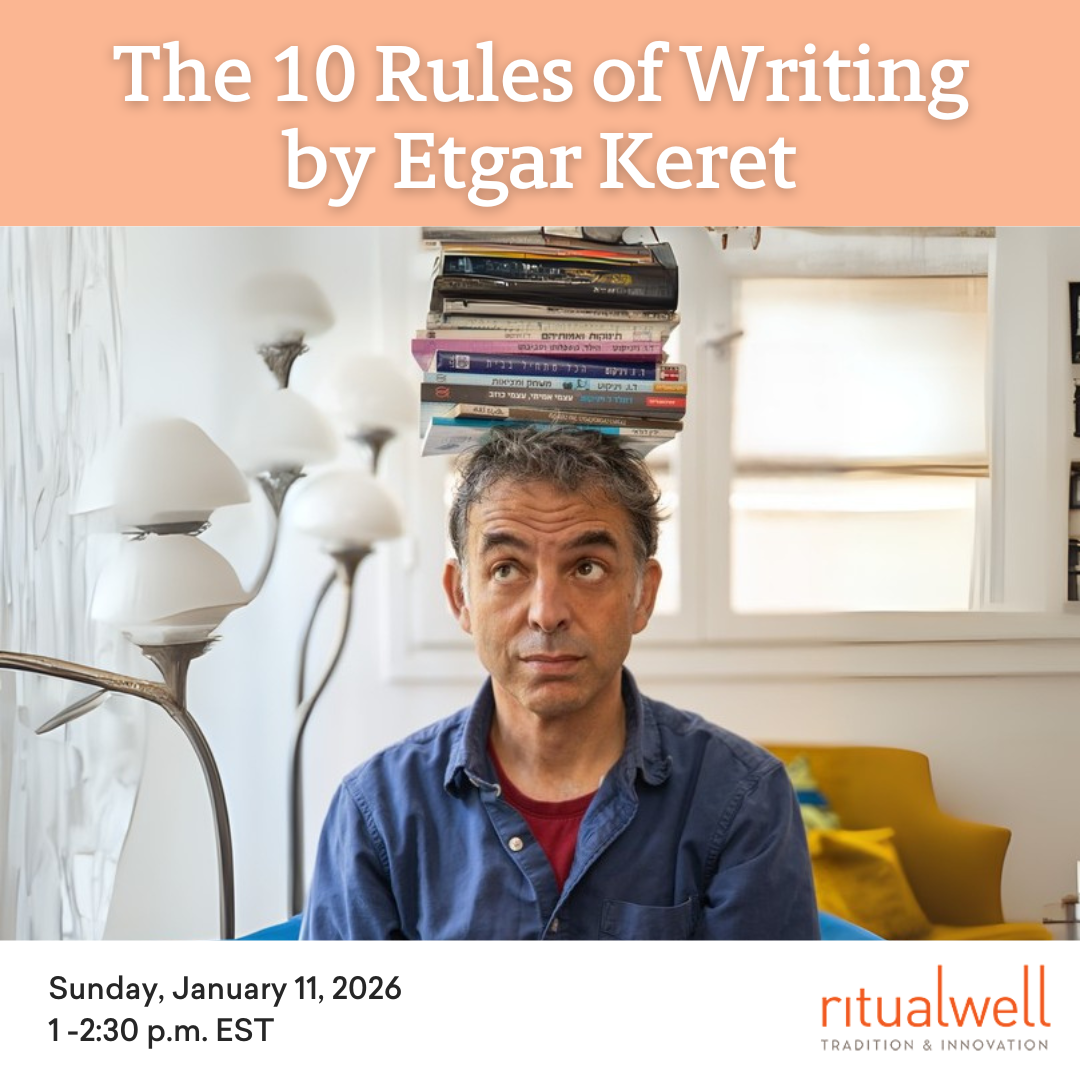Celebrate Rosh Hashanah at home with delicious, symbolic foods
Living in Jerusalem in the mid-80s, we were invited to be with a friend from Barbara’s ulpan for a Rosh Hashanah meal. They were a traditional Sephardi family, and they were welcoming and the meal was delicious. Most striking was the cooked head of a sheep (or maybe it was a calf?) set on the table before the meal was served. It was then we first learned about the Rosh Hashanah seder. The Rosh Hashanah seder is a pre-meal ritual, a counterpart to the Passover seder we all know about. It can be simple or elaborate, blessing and eating specific foods, each accompanied by a corresponding wish for the coming year. This was way more than your apples and honey.
With synagogue observance of Rosh Hashanah this year likely to be interrupted in many ways due to the pandemic, it is particularly apt to shift more of the observance to our homes. The Rosh Hashanah seder can mix tradition, modern relevance and lots of fun.
Eating ritual foods on Rosh Hashanah traces back to the Talmud. The tradition was maintained in Sephardi families, but mostly lost by Ashkenazi Jews. It has been revived in recent decades for all the same reasons that the Passover seder is so loved.
The Rosh Hashanah seder foods are mentioned during a discussion of omens:
Abaye taught: Now that you have said that an omen is significant, each person should make it a habit to eat at the beginning of the year, kara [gourds, e.g. pumpkins], rubia [fenugreek, a seed herb], karte [leeks], silka [beets] and tamrey [dates]. (Horayot 12a)
So for each of these foods, the rabbis added a short request for the coming year, each based on a pun with a word echoing the Hebrew (actually, Aramaic) name for the food. For example, the word kara, meaning “pumpkins,” inspired a wish that “the decree be torn up (yikra) and our merits be proclaimed (yikr’u) before you.” Over the centuries, these foods have been modified, and some new ones were added in different places. In Eastern Europe it became customary to eat carrots for Rosh Hashanah, because the Yiddish word for carrots, mehren, also means “increase.” Similarly, Ukrainian Jews would give their children chicken livers because their Yiddish name, leberlach, sounds like leb ehrlich, meaning “live honestly.”
Over the years, from the time our children were small, we have adapted the ritual as an intrinsic part of our annual family celebration. The seder formula lends itself to creativity and punny wordplay in English. Before eating the beets, we pray for the day that all will beat their swords into plowshares. We share artichoke hearts (or hearts of palm), and add a wish “that our hearts be opened.” And instead of the customary piece de resistance of the seder, the calf or sheep’s head (sometimes a fish) matched with a fervent wish that “we may be as the head, and not the tail,” we substitute a head of lettuce. We end our ritual going around the table and asking each person to say what they hope God will let us achieve in the coming year. For Rosh Hashanah 2020, we plan to add a new blessing over the rubia, which some identify with black-eyed peas, and a wish that everyone will digest the lessons of anti-racism and become part of the Black Lives Matter campaign.
There are several good online seder books. Our favorite is a downloadable PDF prepared by the Schusterman Foundation, with appealing illustrations and lots of room for discussion and innovation. The Sixth and I Historic Synagogue in Washington, DC, has a family-oriented downloadable version here. There’s also a good overview of the ritual on MyJewishLearning.com. Here is our own Rosh Hashanah Seder, with downloadable PDF.
Don’t forget, picking out recipes is half the fun. We’re partial to leek latkes, called Keftes de Prasa (we make this simple Turkish one, but here’s Joan Nathan’s more elaborate take) and pumpkin strudel, known as rodanchas (we use puff pastry, but you can also make the dough from scratch).
There’s a deep, authentic selection of recipes with many choices at Jimena.org, an organization that fights for the rights of Mizrachi and Sephardi Jews, and MyJewishLearning.com also has over a dozen seder recipes to try. And don’t miss these Mizrachi recipes and kavannot from Adva Chattler. Simple or elaborate, the seder foods should be a source of fun and create an uplifting and delicious way to look forward to a new year.
Rabbi Barbara Penzner has served Temple Hillel B’nai Torah in West Roxbury, MA, since 1995. She received the degree of rabbi and a Master of Hebrew Letters from the Reconstructionist Rabbinical College in Philadelphia in 1987. She is active in the Reconstructionist Rabbinical Association, the national association of Reconstructionist rabbis, and served as its President. She has also served as President of the Massachusetts Board of Rabbis. Rabbi Penzner is active in greater Boston’s Jewish community and in interfaith work, including leadership of Mayyim Hayyim: Living Waters Mikveh and Education Center in Newton, the Greater Boston Interfaith Organization, the Jewish Community Relations Council and the Jewish Labor Committee.
Brian Rosman is Legislative Director for Senator Jo Comerford of Massachusetts. Before joining Senator Comerford’s staff, Brian was the Policy and Government Relations Director of Health Care For All (HCFA), the leading Massachusetts non-profit organization advocating for health justice. Brian has a law degree from the University of Pennsylvania and was an undergraduate at Stanford. He grew up in Tucson, Arizona, is a huge Bruce Springsteen fan, and is excited to be a grandfather.






